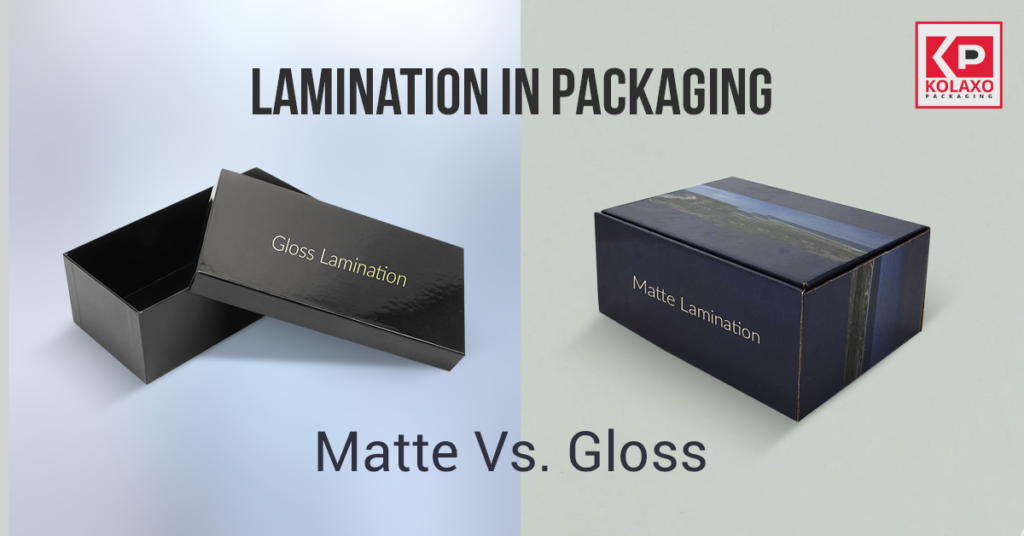
Custom packaging is not only an expression of your brand’s identity, it also allows you to choose different aspects of your boxes. From the material, shape, and size of the packaging boxes to their design and coatings, everything is in your control. During this process of custom packaging creation, you are required to choose between two different lamination types; matte and gloss. Although it may appear as an independent and small decision, on the contrary, a lot of the steps after will depend on your choice of lamination. One of these steps is the printing step of your boxes.
Each lamination type has its benefits and downsides. Let us have a look at the difference between the two options and which one is suitable for your brand:
Lamination is the simple step included in the production process where a thin plastic layer is mounted on the material to provide it with support and protection. This layer helps in protection against different factors such as scuffs and smudges also from appearance ruining deteriorations like moisture and stains etc. Lamination is used to make the packaging colors pop and give it a brighter and bolder appearance.
The matte lamination layer does not reflect much of the light that comes in contact with the surface of the product. The surface is smooth and pleasant to the touch with a natural feel to it; this also allows the scripts and words to be read easily. When working with matte layers, sharp contrasts are avoided since they do not shine as brightly as with gloss. So if you are going with a subtle look, matte is the option for you.
When to Use Matte Lamination
Gloss lamination is highly reflective of light and lots shinier than matte laminates. It increases the vibrancy of colors and is mostly used as a marketing upper hand since it gives products a professional look.
Although both the laminations protect your products’ packaging, having to choose one over the other is inevitable. Your choice must be shaped around the interaction that you want the light to have with your products .i.e. either reflect it or absorb it.
When to Use Gloss Lamination
When you are well aware of the lighting that will be used for your products’ display, you can easily choose between the two lamination options. Even then, it is not wise to decide on laminations based on the lights only, what feeling you want to deliver to your customers will also matter in the case.
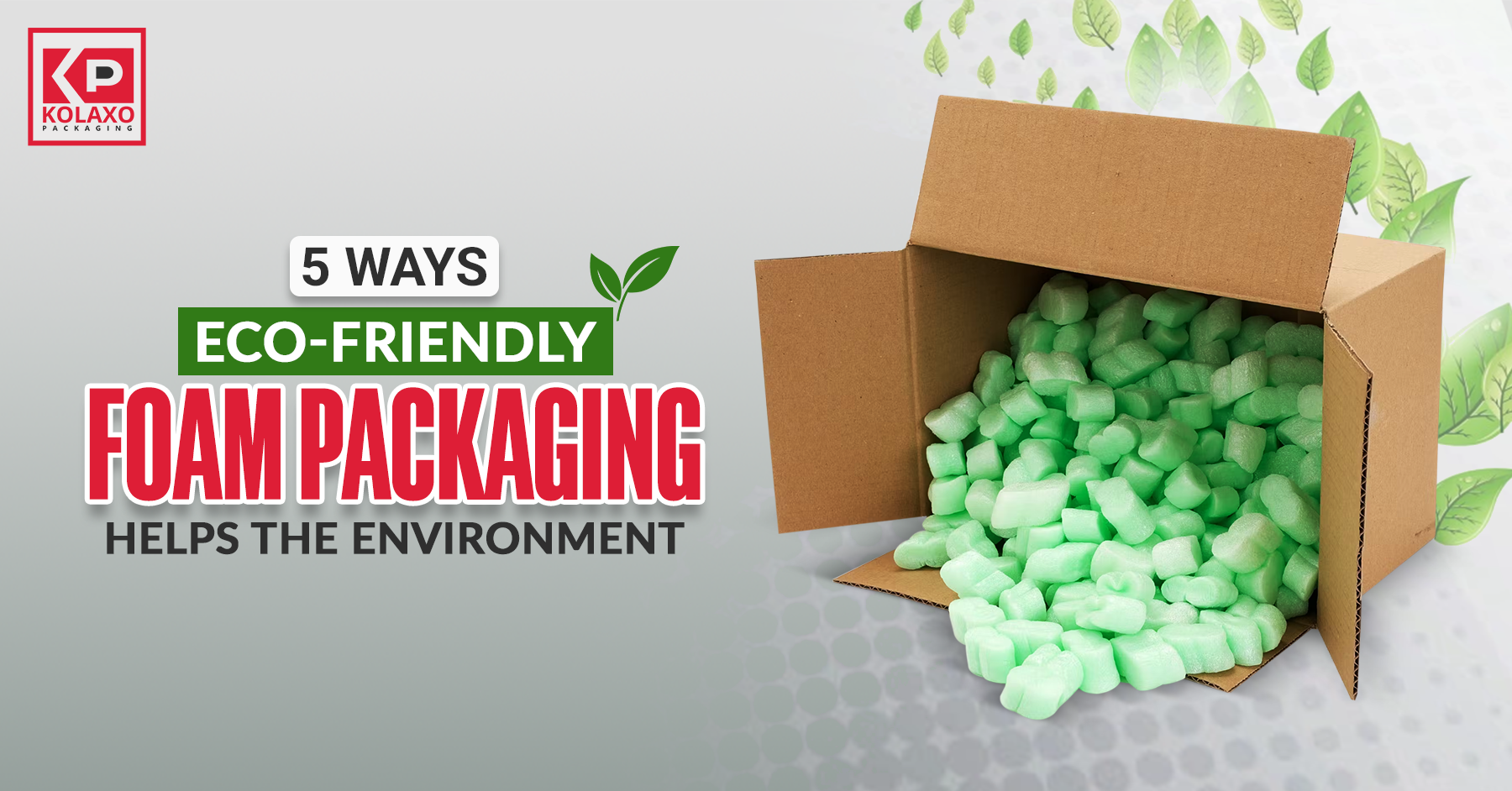 5 Ways Eco-Friendly Foam Packaging Helps the EnvironmentMarch 10, 2025
5 Ways Eco-Friendly Foam Packaging Helps the EnvironmentMarch 10, 2025
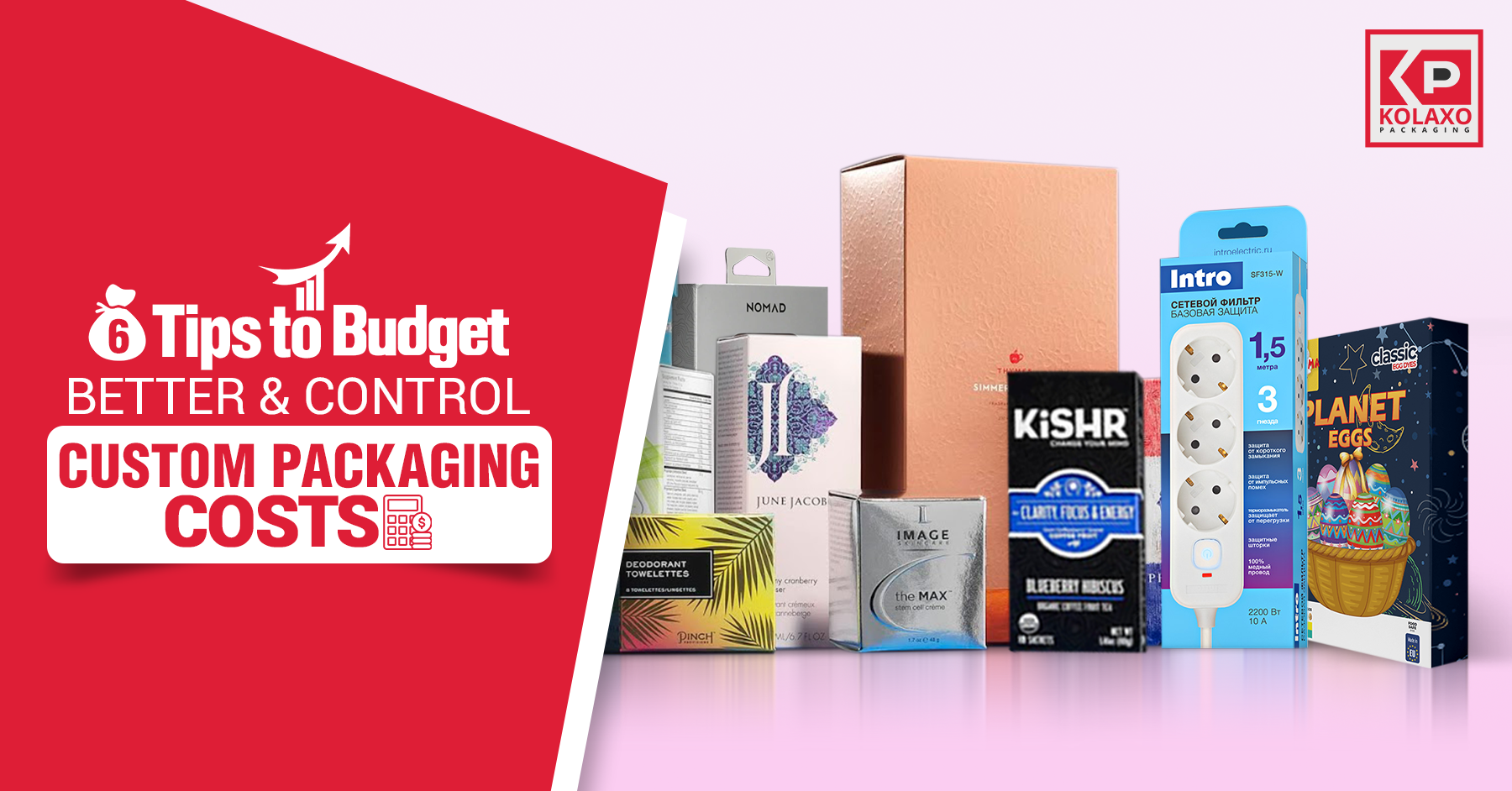 6 Tips to Budget Better & Control Custom Packaging CostsFebruary 27, 2025
6 Tips to Budget Better & Control Custom Packaging CostsFebruary 27, 2025
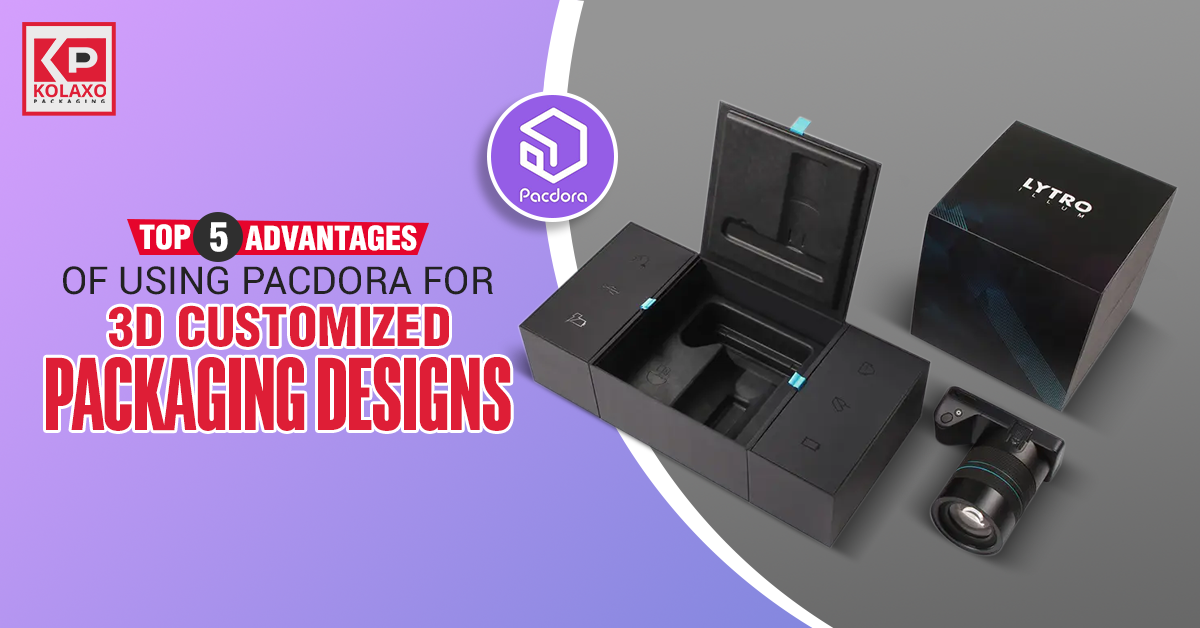 Top 5 Advantages of Using Pacdora for 3D Customized Packaging DesignsFebruary 10, 2025
Top 5 Advantages of Using Pacdora for 3D Customized Packaging DesignsFebruary 10, 2025
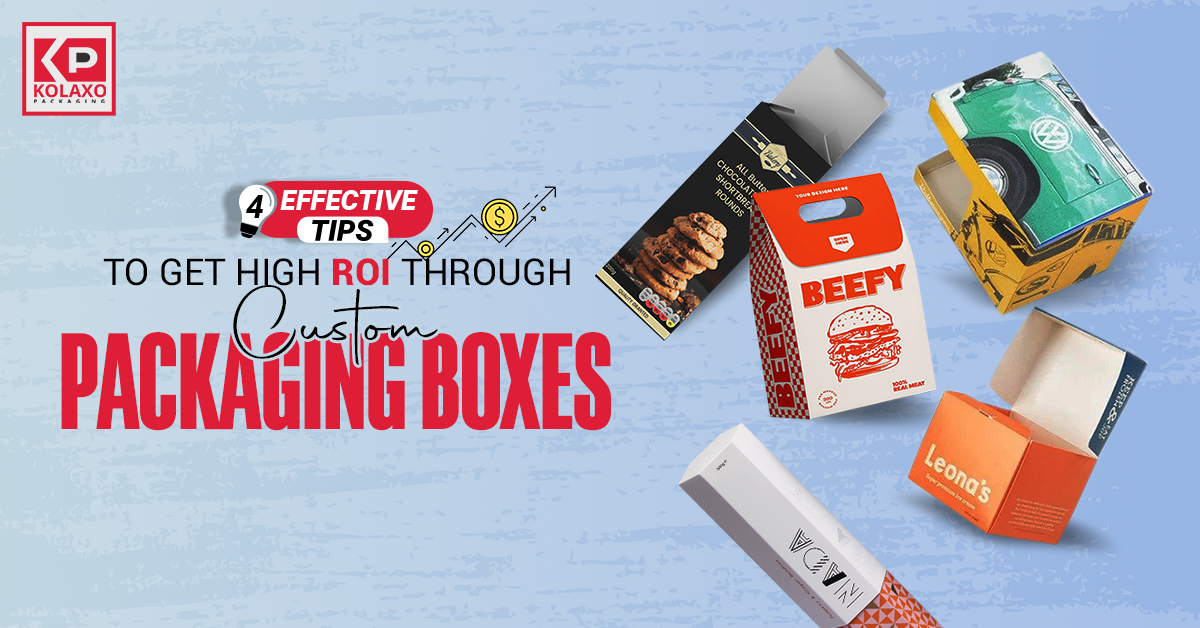 4 Effective Tips to Get High ROI Through Custom Packaging BoxesJanuary 22, 2025
4 Effective Tips to Get High ROI Through Custom Packaging BoxesJanuary 22, 2025
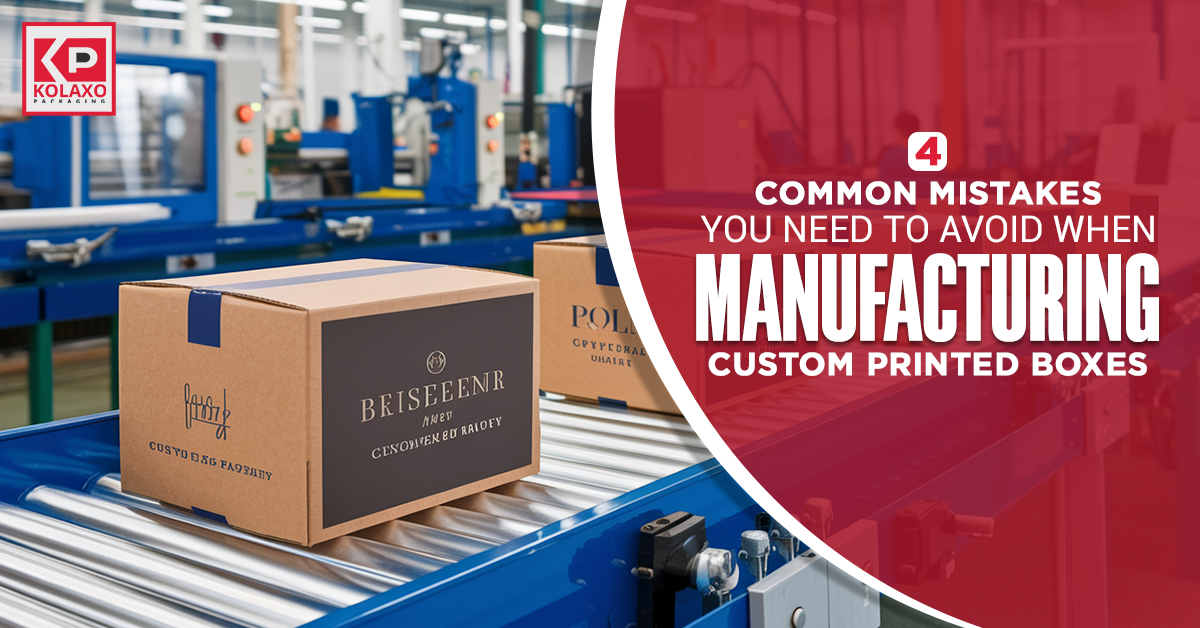 4 Common Mistakes You Need to Avoid When Manufacturing Custom Printed BoxesJanuary 8, 2025
4 Common Mistakes You Need to Avoid When Manufacturing Custom Printed BoxesJanuary 8, 2025
 How Can You Enhance Your Brand Awareness With Social Media?December 16, 2024
How Can You Enhance Your Brand Awareness With Social Media?December 16, 2024
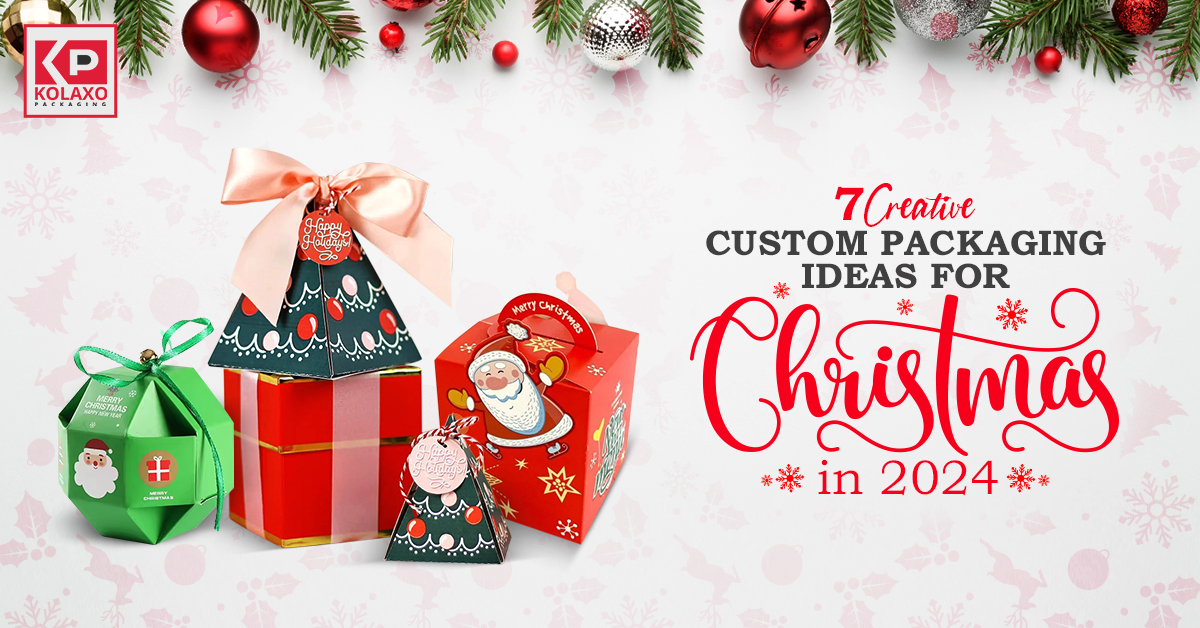 7 Creative Custom Packaging Ideas for Christmas in 2024.December 5, 2024
7 Creative Custom Packaging Ideas for Christmas in 2024.December 5, 2024